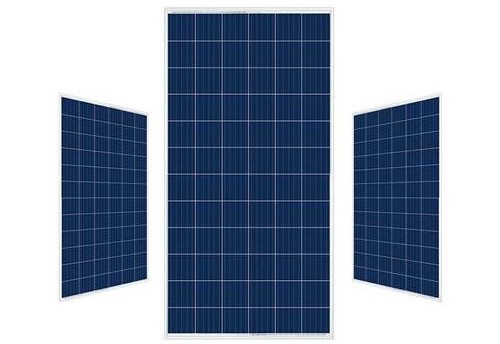Attempting to calculate which solar panel you need for a solar power solution can be an intimidating process, starting with the amount of power you’ll receive from each panel. No homeowner wants to invest time and money in a solar array and not get the electrical power they thought they were going to get. So there is need to get things right. If you are in this situation currently, contact us and our expert will evaluate and give you options available to you.
300-watt Solar Panel Power Capacity
According to solar views, the amount of electricity produced by a solar panel depends on the size of the panel, the amount of sunlight the panel gets, and the efficiency of the solar cells inside the panel. For example, if a 300-watt (0.3kW) solar panel in full sunshine actively generates power for one hour, it will have generated 300 watt-hours (0.3kWh) of electricity. That same 300-watt panel produces 240 volts, which equals 1.25 Amps.
Unfortunately, solar panels don’t generate a steady stream of electricity all day. They generate less power when the sun is low in the sky (mornings and evenings) or when clouds are moving across the rooftop. Wattages are assigned according to each panel’s peak capacity for generating energy – usually during afternoon hours of direct sunlight under perfect weather conditions. This capacity level is also referred to as watts peak (Wp).
What factors influence a solar panel’s output?
Taking note of these elements will help you to make smart decisions when choosing a panel. The type of panel you choose will affect efficiency. Monocrystalline, polycrystalline, and thin-film solar panels all provide different levels of efficiency.
- Shade of any type, from cloudy days to overhanging tree branches, can wreak havoc with the output of solar panels. Because the cells are linked together, shade on one cell can affect the efficiency of all the others.
- All non-tracking solar systems should face true south for the best exposure to sunlight. And the angle or pitch of the rack holding the panels should be calibrated according to the latitude of your location.
- The high temperatures normally found on rooftops can adversely affect the output of a solar panel. The best way to combat that is to choose photovoltaic panels designed for your climate and install a mounting system that sits several inches above the roof.
Learn more about our 300W Canadian solar panel

